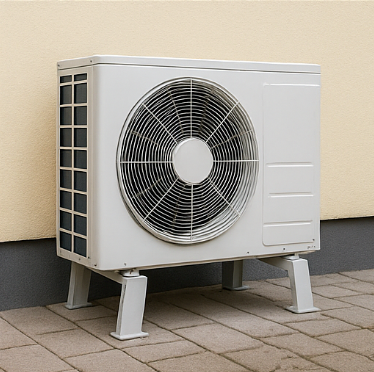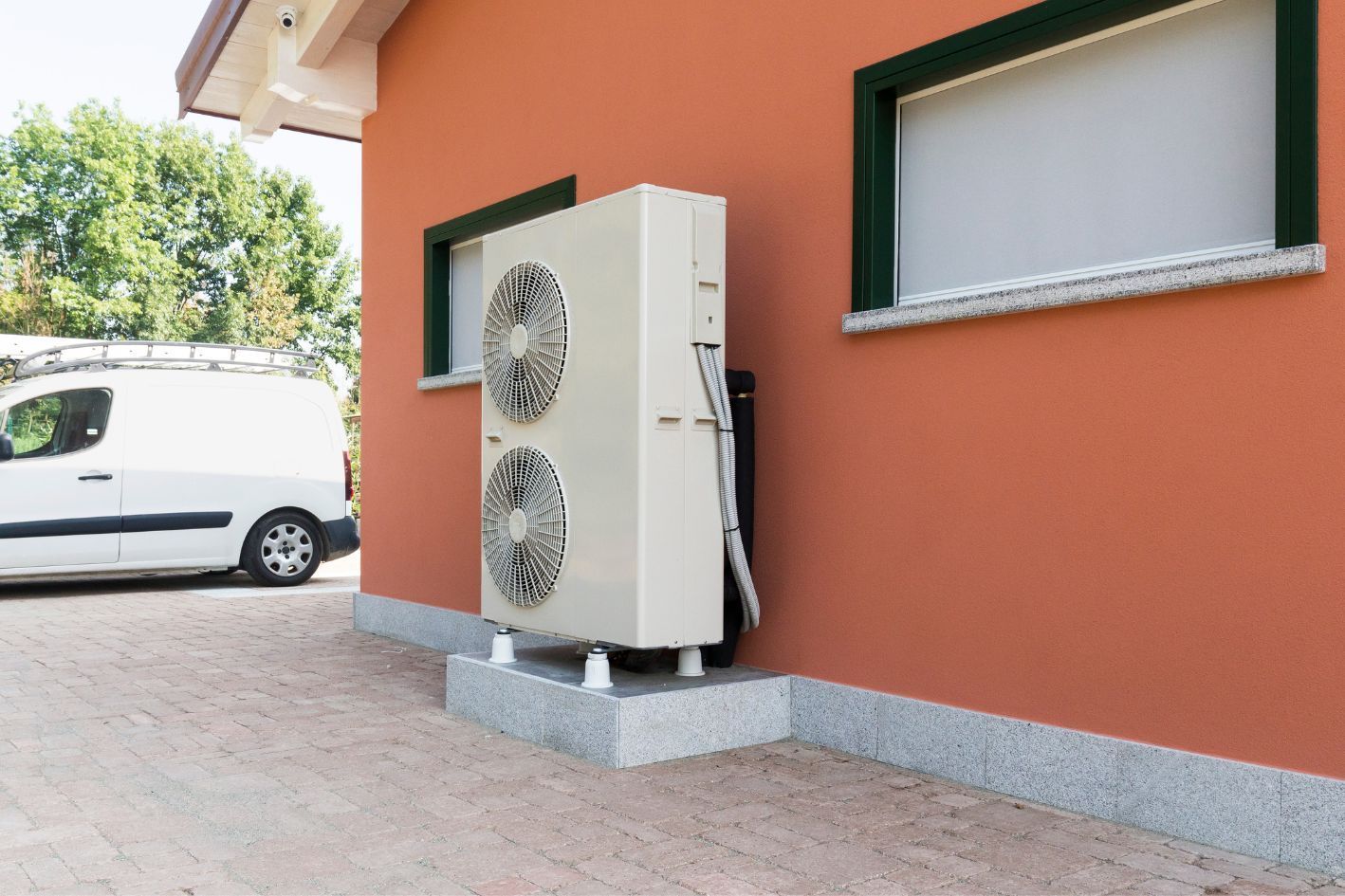Balancing History and Comfort: Air Source Heat Pumps in Heritage Buildings
Historic preservation projects present unique challenges when integrating modern heating systems. Air source heat pumps (ASHPs) offer an energy-efficient solution, but their installation requires careful consideration to maintain the integrity of heritage buildings. This blog post explores the challenges and solutions of incorporating ASHPs into historic structures.
The Preservation Dilemma
Historic buildings are treasured for their architectural significance and cultural value. However, they often lack adequate insulation and rely on outdated heating systems. The challenge lies in improving energy efficiency and comfort without compromising the building’s historic character.
Advantages of Air Source Heat Pumps
ASHPs provide several benefits for historic buildings. They extract heat from the outside air, even in cold temperatures, reducing energy consumption. ASHPs can provide both heating and cooling, offering year-round climate control. Compared to other heating systems, ASHPs require less structural modification.
Challenges in Historic Buildings
Installing ASHPs in heritage structures comes with specific hurdles. External units can affect the aesthetic appeal of historic facades. Older buildings may need more suitable locations for indoor and outdoor units. Poor insulation in historic structures can reduce ASHP efficiency. Preservation guidelines often restrict modifications to protected buildings.
Innovative Solutions
ASHP installers and preservationists are developing creative approaches to overcome these challenges. Careful positioning of outdoor units in less visible areas or using screening techniques can help maintain the building’s aesthetic. Developing slim-profile or specially coloured units that blend with historic aesthetics is another solution. Using existing chimneys or vents for piping can reduce structural impact. Implementing conservation-friendly insulation methods can enhance ASHP performance.
Collaboration is Key
Integrating ASHPs in historic buildings requires close collaboration between preservation experts, HVAC professionals, and local authorities. By working together, teams can develop tailored solutions that respect architectural heritage while providing modern comfort and efficiency.
In conclusion, while challenging, incorporating
air source heat pumps into
historic preservation projects is achievable. With innovative approaches and careful planning, it’s possible to honour the past while embracing sustainable heating technologies for the future.












